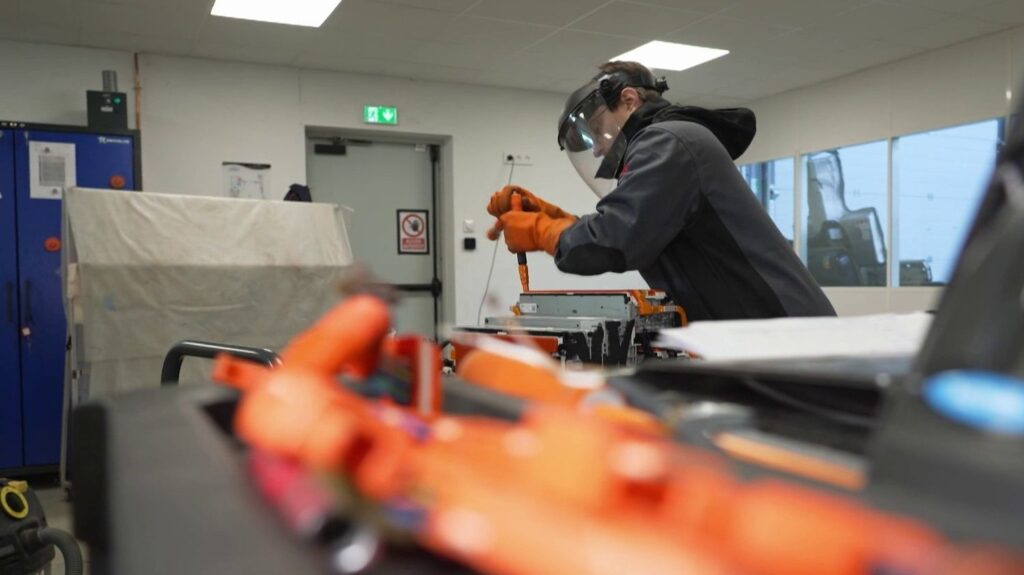Collaborators who no longer speak. An employee and a manager in delicacy. Two services that wage a frontal war. When work situations become very conflicting, some companies choose to use social mediation to prevent situations from degenerating.
Published
Reading time: 3min
/2025/07/03/gettyimages-184934395-6866539f5a1a7382649989.jpg)
This is the story of an employee in office for 10 years. A new recruit arrives within the team. The manager does not specify the distribution of tasks, saying that they will manage. But the situation slips. The new one finds its place. The oldest feels threatened in his functions and ends up in sick leave.
“When companies call us, the conflict is already well installed and human resources are helpless”explains Sophie Henry the general delegate of the Paris Mediation and Arbitration Center (CMAP). Last year, this private structure carried out around twenty conventional social mediations, mainly in very large companies.
The principle is simple: a mediator – who wants to be independent, neutral and impartial – will accompany the two parties so that they can return to dialogue and find a solution negotiated between them. “It’s a voluntary process”specifies Sophie Henry. It cannot be imposed.
The social mediation reflex remains in the minority in companies, while it is a restorative tool. If each conflict is by nature very different, it often results from a problem of communication and distribution of roles, in a context where everything accelerates: restructuring, digitalization, new way of working, and arrival of artificial intelligence.
“When the conflict breaks out, human resources and management are generally the last alerted”notes the CMAP. The work stoppage makes it possible to understand that the red alert is exceeded. Mediation often reveals, according to Sophie Henry, greater issues, for example structural organizational difficulties.
This is what La Poste has been doing since 2012, which now has 8 internal mediators, including 4 full -time. Last year, they intervened in just over 300 conflicts.
“Mediation is not a magic wand, but when you manage to put words on a situation, to listen to the point of view of the other, that unravels the problem” says Annick Bruyère, director of mediation of life at work within the group.
“In 9 out of 10 cases, employees manage to find a solution”she said, with a tacit or written agreement. This avoids suffering, tensions, disease judgments, and sometimes, actions to the industrial tribunal.


